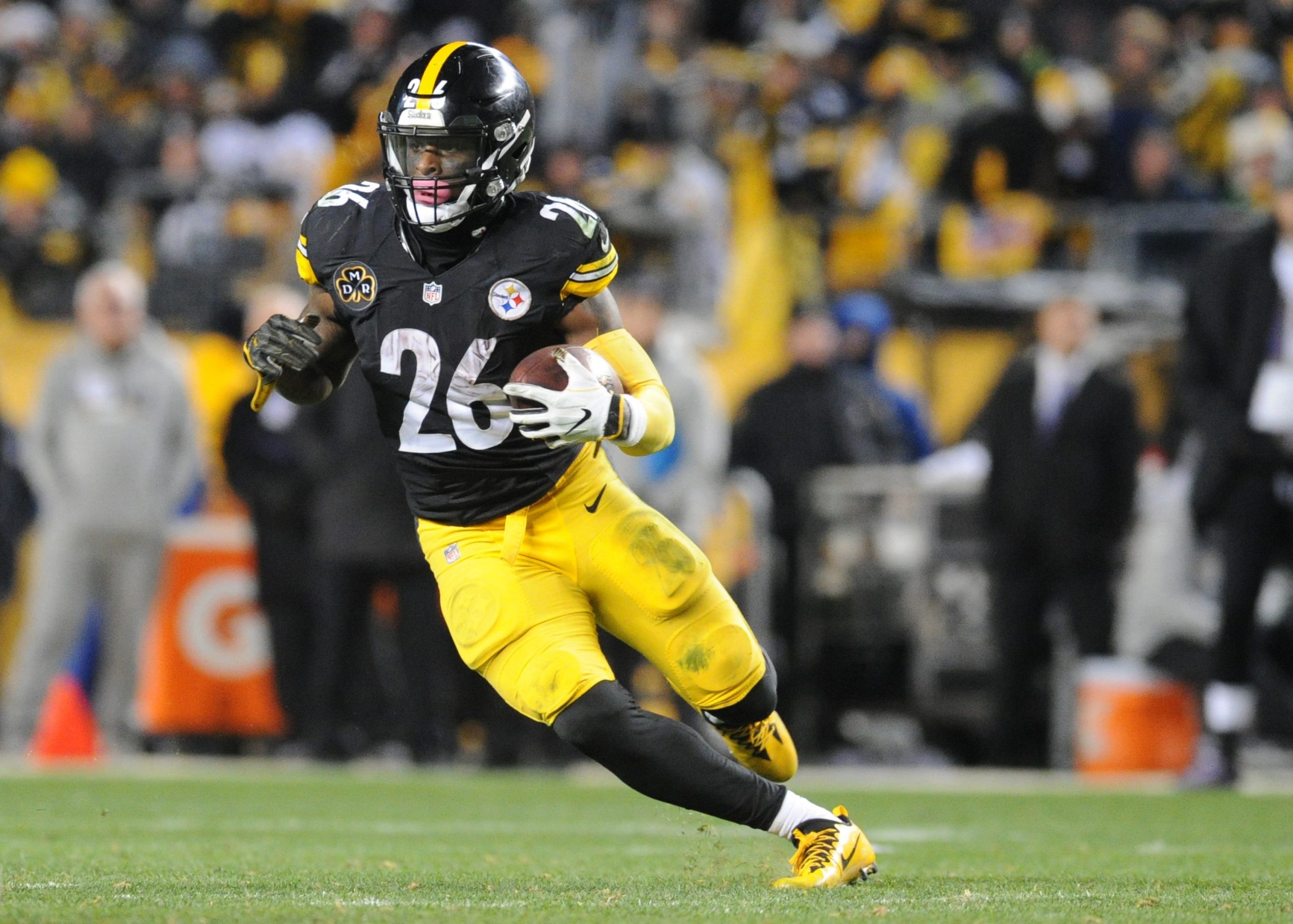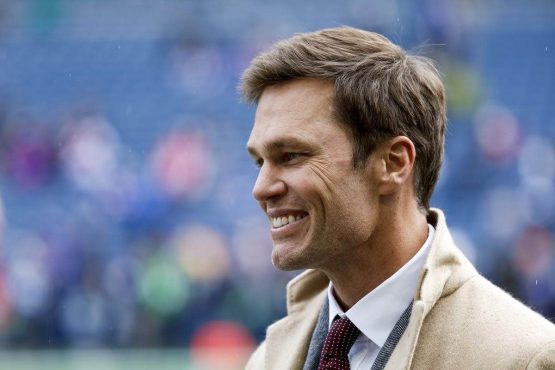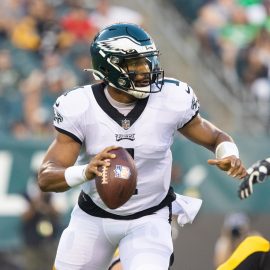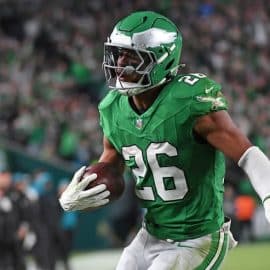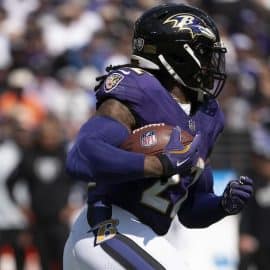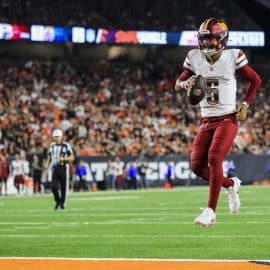“The NFL is a passing league. The stats prove it. The money paid to quarterbacks, receivers, pass rushers and cornerbacks prove it.” Steve Wyche wrote that in 2012 in an article for NFL.com titled, “Passing league: Explaining the NFL’s aerial evolution.”
This is still the truth. The biggest contracts still go to the quarterbacks, wide receivers and pass rushers. And the stats prove that the large majority of offensive plays in the league these days are passing plays.
But now the backs are starting to get more of the spotlight and their fair share of the money. Saquon Barkley just signed the first ever fully guaranteed contract to a rookie running back. A contract that was only second in fully guaranteed money to Adrian Peterson’s 2011 contract with the Vikings. But then the Rams paid Todd Gurley.
Gurley’s new contract is a 4 year extension worth $60 million with roughly $45 million of that guaranteed. In comparison, Peterson was guaranteed $36 million while Barkley was guaranteed $31.2 million without even playing a snap.
Teams now seem to be more willing than in the past decade or so to pay running backs despite the ever present risk of injury. But how much of a concern that really is, is hard to tell. Although LeVeon Bell didn’t get a deal done with the Steelers this year they can always try again next year and most people expect Bell to get a monster contract one way or the other. Perhaps when David Johnson and the Cardinals finally come to a deal we’ll have a better idea of how teams value elite running backs with an injury history.
Elite quarterbacks are still the most desirable players in the league. But a stud running back is the next best thing to teams that lack the likes of Tom Brady, Russell Wilson, Ben Roethlisberger, Aaron Rodgers and (arguably) Kirk Cousins.
Offenses now lean heavily on the likes of Kareem Hunt, Ezekiel Elliot, Todd Gurley, and LeSean McCoy but the running back’s role in the offense has evolved. It’s becoming more and more important now for running backs to be able to catch passes in the flat. This helps create more space to run and can catch defenses committed to the blitz off-guard.
Running back committees are becoming more common as well and usually with explosive results. Few things were more exciting about the the 2017 season than watching Alvin Kamara and Mark Ingram absolutely run through defenses like they were playing against high schoolers. And in New England, where passing is a way of life, James White and Dion Lewis combined last year for 88 receptions and 637 yards, with White ranking 3rd on the team in receptions.
The Patriots also surprised everyone by drafting Sony Michel in the first round of 2018’s draft, higher than they’ve ever taken a running back. They clearly know the value of having a committee of running backs who can both run and catch. A committee approach lightens the load on the players which, in theory, should reduce fatigue and injury risk. But should someone go down, there’s another man there to take his place who’s already up to game-speed. Further evidence of the Patriot’s commitment to a committee of passing backs is their decision to resign Rex Burkhead to a 3-year deal worth $9.75 million.
Expect to see more explosive plays and big contracts from star running backs in the future. ESPN projects 5 running backs from the class of 2018 to exceed 900 rushing yards this season, with Saquan Barkley projected to exceed 1,000. Whether or not those expectations are met it’s clear that there is a lot of excitement around the young backs in the league. We are witnessing a renaissance where not only are running backs making a comeback but they are evolving to fit spread offenses and could even become their quarterback and offensive coordinator’s favorite weapons.
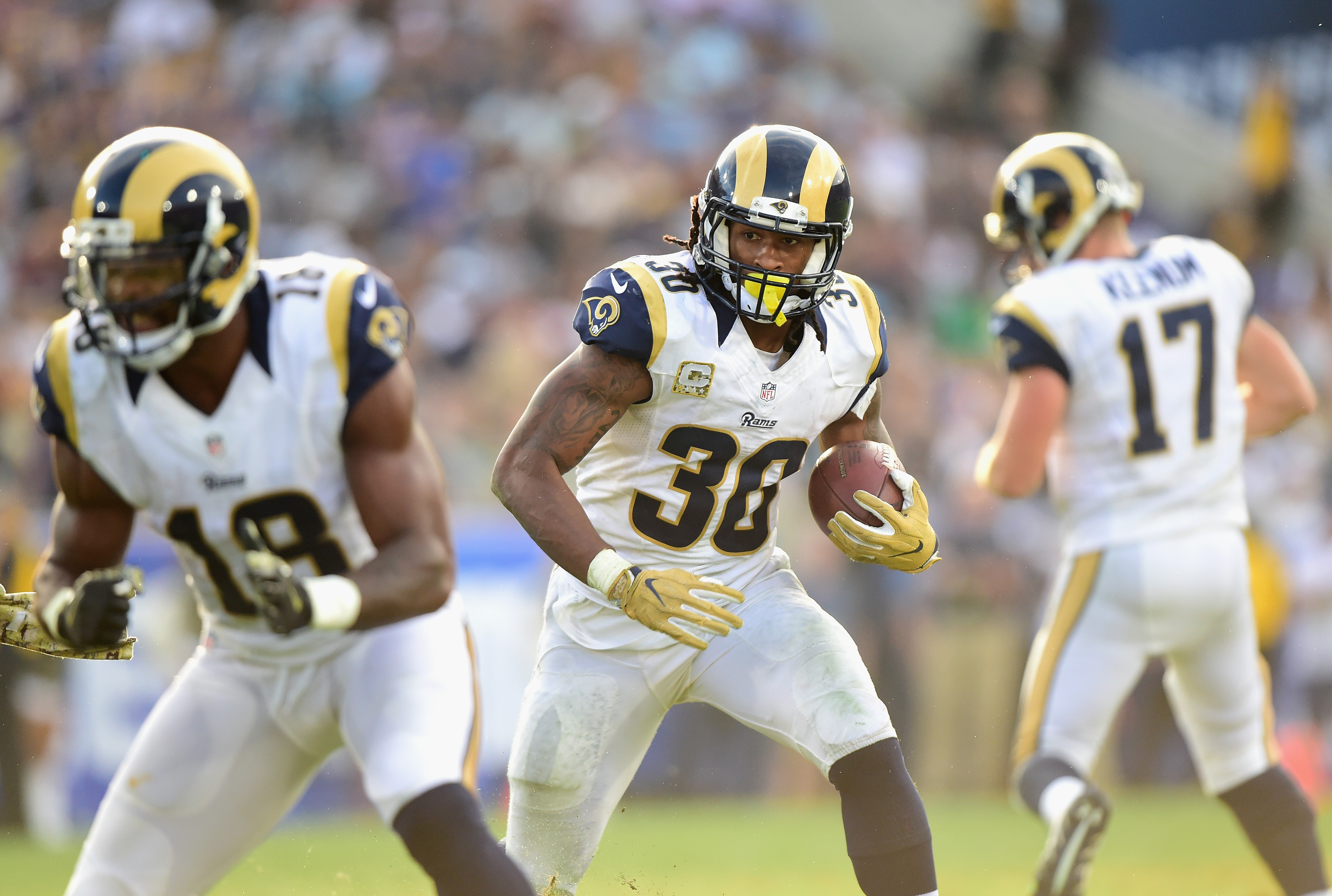
Add The Sports Daily to your Google News Feed!
